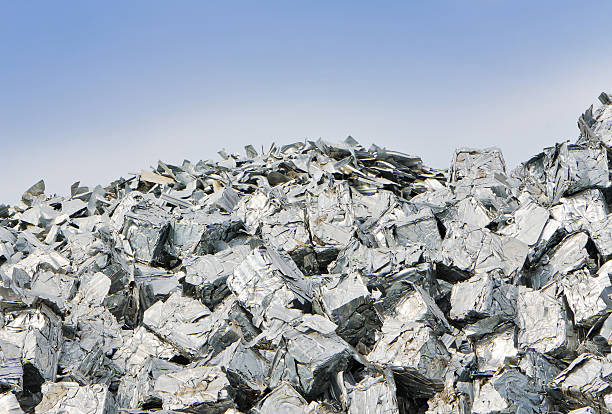IRON

At most levels Iron is more of a nuisance than a health issue. Safe Home offers several kits that provide drinking water testing for iron in city and well water supplies.
Parameter Type: Drinking Water Testing for Volatiles
Parameter Name: Iron
What it is and Where it Comes From:
Iron is a chemical element with symbol Fe and atomic number 26. It is a metal that belongs to the first transition series and group 8 of the periodic table. It is by mass the most common element on Earth, right in front of oxygen, forming much of Earth’s outer and inner core. It is the fourth most common element in the Earth’s crust. Iron will leave red or orange rust stains in the sink, toilet and bathtub or shower. It can build up in your dishwasher and discolor ceramic dishes. It can also enter the water heater and can get into the laundry equipment and cause stains on clothing. The EPA cautions that although iron in drinking water is safe to ingest, the iron sediments may contain trace impurities or harbor bacteria that can be harmful. Iron bacteria are naturally occurring organisms that can dissolve iron and some other minerals. These bacteria also form a brown slime that can build up in water pipes. Safe Home offers two platforms of drinking water testing for iron. The first platform in drinking water testing kits for iron is Do-It-Yourself, this allows you to perform testing in the comfort of your own home. The second platform is a Laboratory drinking water testing for iron, allowing you to collect your water sample and ship it directly to our EPA-Certified Laboratory. This platform of drinking water testing for metals will give you an accurate level based on the lowest level of a parameter our instruments can detect (Method Detection Level). Safe Home drinking water testing for iron can be used for city and well water supplies.
Health Effects:
Excessive iron in your water supply is likely to be more of a nuisance (staining clothing in your wash and staining your sinks and toilet bowls etc.), than a health concern. However, when someone drinks water with excessive amounts of iron, they may experience negative effects on their skin. Because minerals, like iron or magnesium, can damage healthy skin cells, people may notice early onset of wrinkles. Iron overload is a health effect caused by a mutation in the gene responsible for digesting iron. While this disorder is not extremely common, it is still a reason to consider removing iron from water. Iron overload can lead to hemochromatosis — which can cause damage to the liver, heart, and pancreas. Without the right water treatment, iron can lead to a metallic taste in food and drink. Overall, a bad taste from drinking and cooking water is never a good sign. So, while normal levels of iron in drinking water will not have a negative impact on human health or wellbeing, excessive amounts can certainly do harm. If you are noticing any of the signs of excessive iron in your drinking water this can be checked with drinkin water testing.
Solutions to Contaminant Levels:
After testing your water, you will then need to determine if you have soluble (clear water) iron or insoluble (red water) iron to determine how to treat it. There are several different approaches to removing iron and other minerals from water, including: filtration, softening, chlorination, ozonation, greensand, ion exchange, and aeration. Filtration, the process in which solid particles in a liquid or gaseous fluid are removed by the use of a filter medium that permits the fluid to pass through but retains the solid particles. Either the clarified fluid or the solid particles removed from the fluid may be the desired product. Water softening, the process of removing the dissolved calcium and magnesium salts that cause hardness in water. Water chlorination is the process of adding chlorine or chlorine compounds such as sodium hypochlorite to water. Ozonation is the formation of oxygen into ozone occurs with the use of energy. This process is carried out by an electric discharge field as in the CD-type ozone generators (corona discharge simulation of the lightning), or by ultraviolet radiation as in UV-type ozone generators (simulation of the ultraviolet rays from the sun). Green sand filters use a specially formulated filter media made from a naturally mined form of glauconite greensand. Ion exchange usually describes a process of purification of aqueous solutions using solid polymeric ion exchange resin. Aeration (also called aerification or aeriation) is the process by which air is circulated through, mixed with or dissolved in a liquid. Who do I need to contact to find out more information about water quality in my area? Every community water supplier must provide an annual report to its customers, known as a Consumer Confidence Report (CCR). The report provides information on your local drinking water quality, including the water’s source, contaminants found in the water, and how consumers can get involved in protecting drinking water. How often does the local public water system preform drinking water testing? Frequency of drinking water testing depends on the number of people served, the type of water source, and types of contaminants. Certain contaminants are tested more frequently than others, as established by the Safe Drinking Water Act. You can find out about levels of regulated contaminants in your treated water for the previous calendar year in your annual Consumer Confidence Report (CCR).


